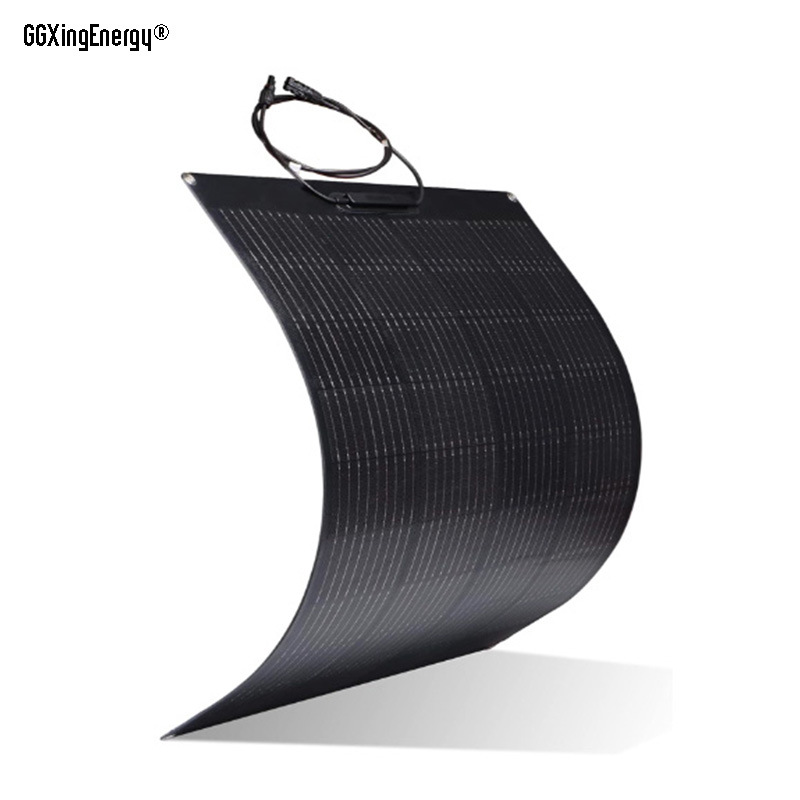Why are flexible solar panels so cheap?
2024-06-06
Flexible solar panels tend to be cheaper than traditional rigid solar panels for several reasons:

1. Material Costs
- Substrate Material: Flexible solar panels often use different, less expensive materials for the substrate. Instead of the rigid and often costly glass and aluminum used in traditional panels, flexible panels can be made with plastic or other flexible polymers.
- Thin-Film Technology: Many flexible solar panels use thin-film solar cells, which require less semiconductor material compared to traditional crystalline silicon panels. This reduction in material use lowers the cost.
2. Manufacturing Process
- Simpler Production: The manufacturing process for thin-film solar panels can be simpler and less energy-intensive compared to the process for crystalline silicon panels. This often involves fewer steps and can be done at lower temperatures, reducing overall production costs.
- Roll-to-Roll Processing: Flexible solar panels can be produced using roll-to-roll processing, which is a continuous manufacturing process. This method is highly efficient and cost-effective, allowing for high throughput and lower production costs.
3. Performance and Efficiency
- Lower Efficiency: Flexible solar panels typically have lower energy conversion efficiencies compared to traditional rigid panels. This means they generate less electricity per square meter. Lower efficiency panels are generally cheaper to produce.
- Shorter Lifespan: Flexible panels often have a shorter operational lifespan and may degrade faster over time, which can contribute to their lower cost. They might not have the same durability as traditional panels, especially in harsh environmental conditions.
4. Market Positioning
- Target Applications: Flexible solar panels are often marketed for specific applications such as portable solar chargers, solar backpacks, and other consumer products where flexibility and lightweight design are more important than maximum efficiency. These markets can tolerate lower performance and hence lower prices.
- Consumer Products: Because they are often used in consumer products, flexible solar panels are subject to different pricing pressures compared to traditional panels used in large-scale solar installations.
5. Innovation and Scaling
- Emerging Technologies: Flexible solar panels are often at the forefront of new solar technologies. As these technologies are scaled up and improved, costs tend to decrease. Innovations in materials science and manufacturing techniques continue to drive down costs.
- Economies of Scale: As production volumes increase and manufacturers gain more experience, the economies of scale further reduce costs.
Summary
Flexible solar panels are cheaper due to:
- Material Costs: Use of less expensive materials and thin-film technology.
- Manufacturing Process: Simplified and more efficient production techniques.
- Performance and Efficiency: Generally lower efficiency and shorter lifespan.
- Market Positioning: Targeted for applications where flexibility and lightweight are prioritized.
- Innovation and Scaling: Continuous advancements and economies of scale.
These factors collectively contribute to the lower cost of flexible solar panels compared to traditional rigid solar panels.


